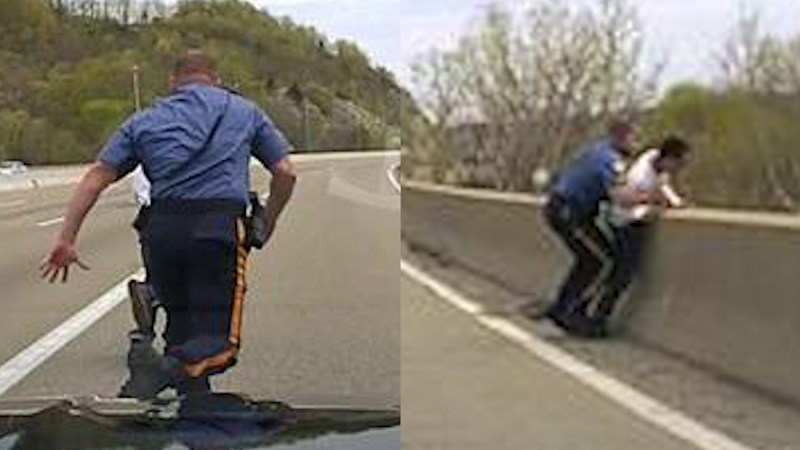
Dealing with a suicidal person is one of the most challenging jobs facing police officers. Even though many agencies are trying to relieve law enforcement from mental health calls, the frequently dangerous circumstances of these calls put police on the front lines of intervention. The need for compassion for a person in a suicidal crisis coexists with the extreme danger of persons in possession of weapons. A person bent on self-harm may or may not be willing to harm others in the process.
There is one completed suicide every 11 minutes in the US. It is one of the leading causes of death and has shown a 30% increase from 2000-2020. Most of the public’s concern seems to be aimed at teen suicide, but the highest risk group is age 75 and older. The second highest age group at risk is males aged 25-34. Suicide is the 2nd leading cause of death for ages 10-14. Males make up 80% of completed suicides. For every completed suicide there are 3 hospitalizations for self-harm, 8 emergency room visits, and 38 self-reported attempts. The number of deaths that appear to be accidental but are intentional overdoses, car crashes, or firearms discharges is unknown.
While the value of human life is beyond definition, those who calculate the economics of death say that the cost of suicide is in the billions when medical costs and loss of productivity are tabulated. Most suicides are isolated affairs where the person completes the fatal act with no audience. The ones that are witnessed or self-reported come to the attention of first responders, sometimes in the hope of rescue, sometimes in the hope that a police officer will complete the fatal act for them in what is known as suicide by cop, victim precipitated homicide, or law enforcement assisted suicide.
A National Institutes of Health study indicates that 13% of officer use of fatal deadly force (and 11% of non-deadly shootings) are of subjects who present a lethal threat with the intent of being shot and killed by police. On the positive side, hundreds of lives have been saved by the skill and compassion of police officers.
Firearms are the most common method of suicide, followed by hanging/suffocation, then poisoning (by overdose or toxic gas). Other methods include cutting injuries, exposure to vehicle or train traffic, and jumping from heights. There are suicide “hotspots” that develop a reputation for being a suicide site and attract suicidal persons. Studies show that when a hotspot is barricaded or made inaccessible, nearby sites that are just as lethal tend to go unused.
The Golden Gate Bridge spanning the San Francisco Bay as it joins the Pacific Ocean is a notorious hotspot. Since its first suicide jumper just months after its 1937 opening, an estimated 1800 people have attempted to die, with perhaps only 35 known to have survived (all of whom report regretting the act). The time between the decision to consummate the fatal act and the act itself can be as quick as 5-10 minutes. Slowing down the behavior can be life-saving, as one retired California State Highway Patrol Sargent can testify.
Kevin Briggs has been known as the Guardian of the Golden Gate Bridge, credited with successfully interceding in 200 attempts during his assignment to the bridge from 1994 to his retirement in 2013. Briggs typically begins a conversation with someone he believes is posturing for a jump, asking them how they are doing and what their plans are for the next day. He asks if they are there to hurt themselves, then gives them an invitation to make plans for them to do something together the next day and then decide whether to return or not.
Despite the critics’ fears that police officers make things worse with mental health cases, there are hundreds of quiet victories every day where compassionate but cautious police officers and other first responders make a difference between a moment of life and the decision to die. A critical moment that can end with a hug or handshake, and another chance at life.